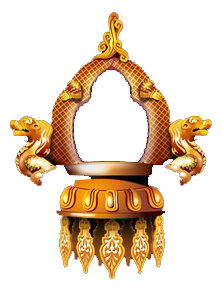
 Jwojolapa
(Greetings)
Jwojolapa
(Greetings)| Population | around a million people in Nepal i.e. 3% of population, according to 2001 census and a few thousand people outside Nepal speak this language |
| Region | Kathmandu Valley and in all towns and bigger villages thoughout Nepal. Fewer in the far west. Also spoken in India. |
| Alternate names | NEPAL BHASA, NEWAR |
| Dialects | DOLKHALI (DOLAKHA),
SINDHUPALCHOK PAHRI (PAHRI, PAHARI), TOTALI, CHITLANG,
KATHMANDU-PATAN-KIRTIPUR, BAKTAPUR, BAGLUNG. |
| Classification | Sino-Tibetan, Tibeto-Burman, Himalayish, Mahakirati, Newari |
Nepal Bhasa is the mother tongue of Newars. Newars form a very diverse community with people from the Mongolian, Aryan and—according to some—even Dravidian races. Newars follow Hinduism and Buddhism, and are subdivided into 64 castes. The language therefore plays a central unifying role in the existence and perpetuation of Newar community. The poet Siddhidas Mahaju concluded that the Newar community and its rich culture can only survive if Nepal Bhasa survives (भाषा म्वासा जाति म्वाइ).
Nepal Bhasa faced a decline during the Shah era when this language was replaced by Nepali as the national language and after the introduction of the "One nation, one language" policy of King Mahendra.. There were very few resources available then for even primary-level education in Nepal Bhasa. There were no programs broadcast in Nepal Bhasa in the state radio, Radio Nepal. Even after programs in Nepal Bhasa began to be broadcast, the language was referred to as "Newari", a term considered derogatory by Newars. The Supreme Court of Nepal has also banned any use of Nepal Bhasa even for trivial matters in official purposes of any part of Nepal.
http://en.wikipedia.org/wiki/Newar_language
http://www.ethnologue.com/14/show_language.asp?code=NEW